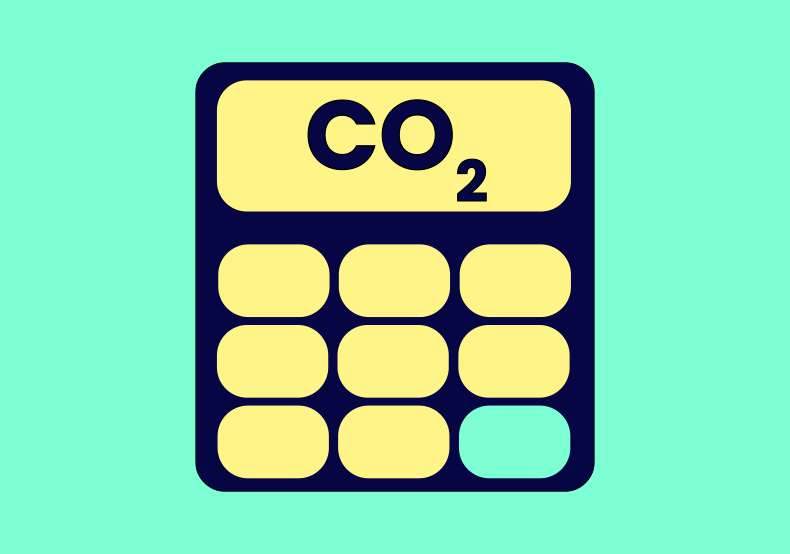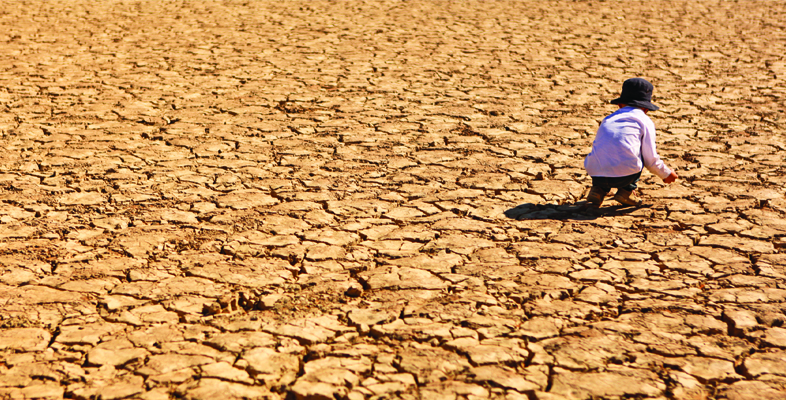Find out more about The Open University's Environment courses.
What is a carbon footprint?
The carbon footprint is the annual amount of greenhouse gas (GHG) emissions, mainly carbon dioxide, that result from the activities of an individual, a group of people, a town or city, region or nation, mainly from the use of energy and transport and consumption of food, goods and services. It’s measured as the mass, in tonnes per year, either of carbon dioxide (CO2) emissions alone, or of CO2 plus the mass of other GHG emissions, such as methane, converted into their carbon dioxide equivalent (CO2e) global warming effect.
Video: Peter
Harper explains the concept of the carbon footprint
There are different ways of measuring the carbon footprint. The production perspective counts the GHG emissions produced by different sectors of a country’s economy – energy supply, manufacturing, transport, agriculture, construction, banking, health services, etc. From this perspective the producers of goods and services within each country are mainly responsible for that country’s emissions, while individuals and households are responsible for only a relatively small percentage of the total.
The consumption perspective, on the other hand, considers that the purpose of a modern economy is to provide individuals and households with the energy, transport, food, education and other goods and services they need and want. So, individuals and households, as final consumers of all these things, are arguably ultimately responsible for triggering most of the emissions involved in producing and distributing them, including imports.
Can reducing your carbon footprint help get to Net Zero?
As agreed at the United Nations COP26 conference held in Glasgow in November 2021, to prevent catastrophic climate change global average surface temperature must not increase by more than 1.5 degrees C above pre-industrial levels. For that to be achieved global emissions would have fall by 45% by 2030 relative to 2010 levels and reach net zero by 2050.
Net Zero refers to a state in which the greenhouse gases going into the atmosphere are balanced by removal out of the atmosphere. The UK government’s legal commitment to reach Net Zero by 2050 doesn’t mean zero carbon (ie, no emissions) but that any emissions remaining from UK production and consumption plus a share of international aviation and shipping would be balanced by removal of an equivalent amount of GHGs from the atmosphere, for example by planting trees or using technology like carbon capture and storage. To reach net zero by 2050 the UK government has set a carbon budget which requires that territorial emissions must fall by 68% by 2030 and 78% by 2035, very challenging targets indeed.
Video: Peter Harper explains what is meant by net zero
Net Zero refers to territorial emissions and so doesn’t include emissions ‘embedded’ in imported goods and services. Responsibility for getting those emissions to net zero rests with the countries where the goods and services are produced.
From the consumption perspective while individuals and households may be ultimately responsible for triggering most GHG emissions, they don’t directly control how those emissions are produced at home and abroad. This means that individuals cannot reduce their carbon footprints by the large amounts necessary to move towards net zero just by changing their personal lifestyles, modes of transport or household energy use. To reach net zero requires big and rapid changes in national and international energy, industrial, transport, built environment, and food systems.
Nevertheless, individuals can contribute by reducing their personal carbon footprints. The UK’s Committee on Climate Change said in its 2021 Report to Parliament that individual action could potentially reduce national emissions by over half by 2035.
Meeting the Net Zero target will require increased action from people, as consumers, workers, households, businesses and citizens. Our analysis shows that over half the emissions reductions needed to meet the Sixth Carbon Budget [a 78% reduction on 1990 UK territorial emissions by 2035] involve people making low-carbon choices, whether adjusting to the different characteristics of low-carbon technologies (eg, electric cars), or by changing their current consumption patterns (eg, by eating less meat).
2021 Progress Report to Parliament, Committee on Climate Change, p.97
But such reductions would only happen if most people significantly reduced their footprints, not just a minority of ‘greenies’. But just because others aren’t acting doesn’t mean that you shouldn’t try to reduce your footprint. This is not only because individuals can help to address the climate crisis by lifestyle and technical changes, but because their choices send signals to government and industry, as do political actions such as campaigning and voting on environmental issues.
Study a free course
This resource is part of the Supporting hybrid working and digital transformation collection, made possible by the Higher Educational Funding Council for Wales.






Rate and Review
Rate this article
Review this article
Log into OpenLearn to leave reviews and join in the conversation.
Article reviews